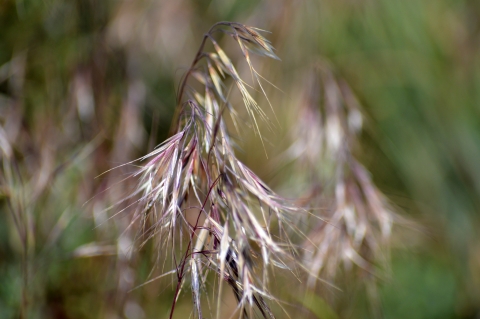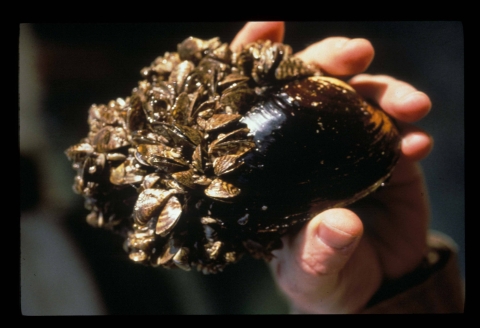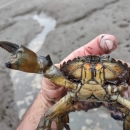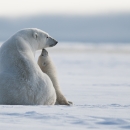Invasive Species
Invasive species (also known as nonnative species, introduced, species, and noxious weeds) hinder the ability of the Fish and Wildlife Service to attain our agency’s mission to conserve, enhance, and restore fish, wildlife, and plants for the continuing benefit of the American people in Idaho and also nationally. Our goal is to work with others to prevent, identify, contain, control, and eradicate invasive species invasive species
An invasive species is any plant or animal that has spread or been introduced into a new area where they are, or could, cause harm to the environment, economy, or human, animal, or plant health. Their unwelcome presence can destroy ecosystems and cost millions of dollars.
Learn more about invasive species outbreaks; and to restore the native habitats that have been affected. We aim to effectively and efficiently deal with invasive species outbreaks while causing the least amount of additional harm to native species.
What are invasive species?
An invasive species is an organism, or part of an organism, that can thrive when moved to a new habitat outside of its native range and cause harm to human health, the economy, or the environment once it becomes established.
What are some invasive species in Idaho?
There is a large variety of invasive species present in Idaho, these include invertebrates (e.g., New Zealand mud snail), insects, fish, amphibians (e.g., bullfrog), birds (e.g., monk parakeet), mammals (e.g., nutria), reptiles (e.g., red eared slider, snapping turtle), aquatic vegetation (e.g., eurasian watermilfoil), and terrestrial plants (e.g., houndstongue, oxeye daisy, giant hogweed, squarrose knapweed, cheatgrass). Visit https://invasivespecies.idaho.gov/ to see the whole list of invasive species within our state.
Why Should I Care?
You should care because these species could:
- Directly injure you
- Reduce your income or increase your expenses
- Degrade the environment on which you depend
What Can I Do to Help?
- Stay informed
- Clean, drain, and dry boats before launching into another water body
- Disinfect waders and boots after recreating in water
- Clean and remove mud and seeds from shoes, clothing, pets, and vehicles before your leave camping or hiking spots
- Don't transport firewood, burn it where you buy or collect it
- Ensure that when planting new plants in your garden you avoid planting invasive species, which are often times described as ornamentals
- Don't release pets into the wild
- Spread the word, not invasive species
- Report possible sightings to help stop the spread
Useful sources of additional information:
The Aquatic Nuisance Task Force
The Department of Interior Invasive Species Council
The Western Regional Panel on Invasive Species
Western Aquatic Invasive Species Organization
IDAHO INVASIVE SPECIES HOTLINE: (877)336-8676





